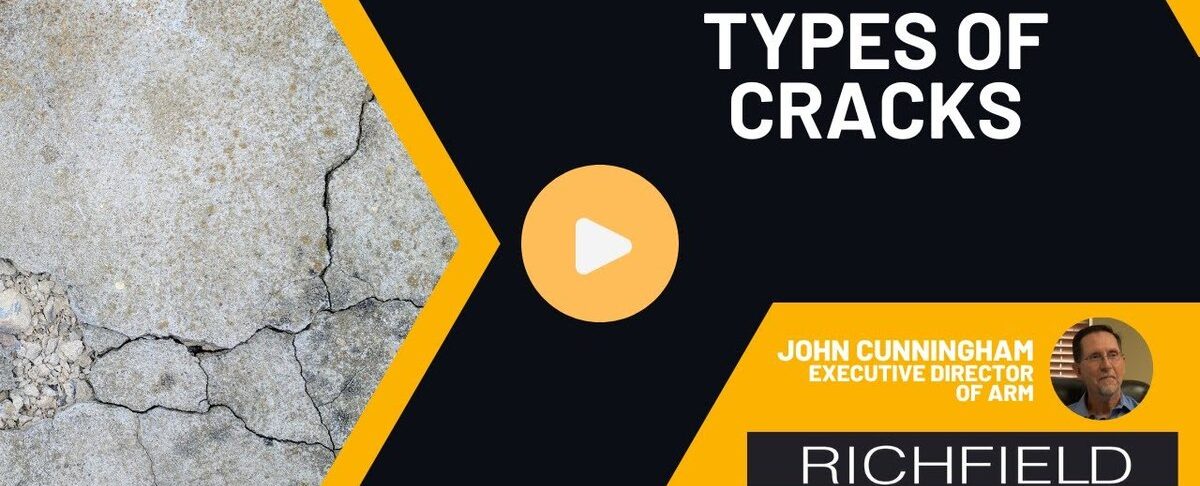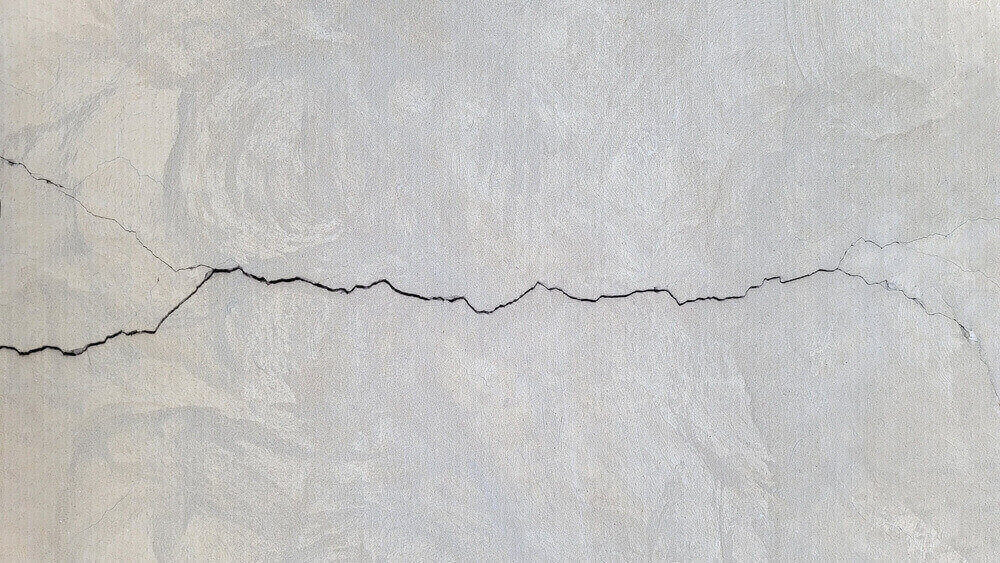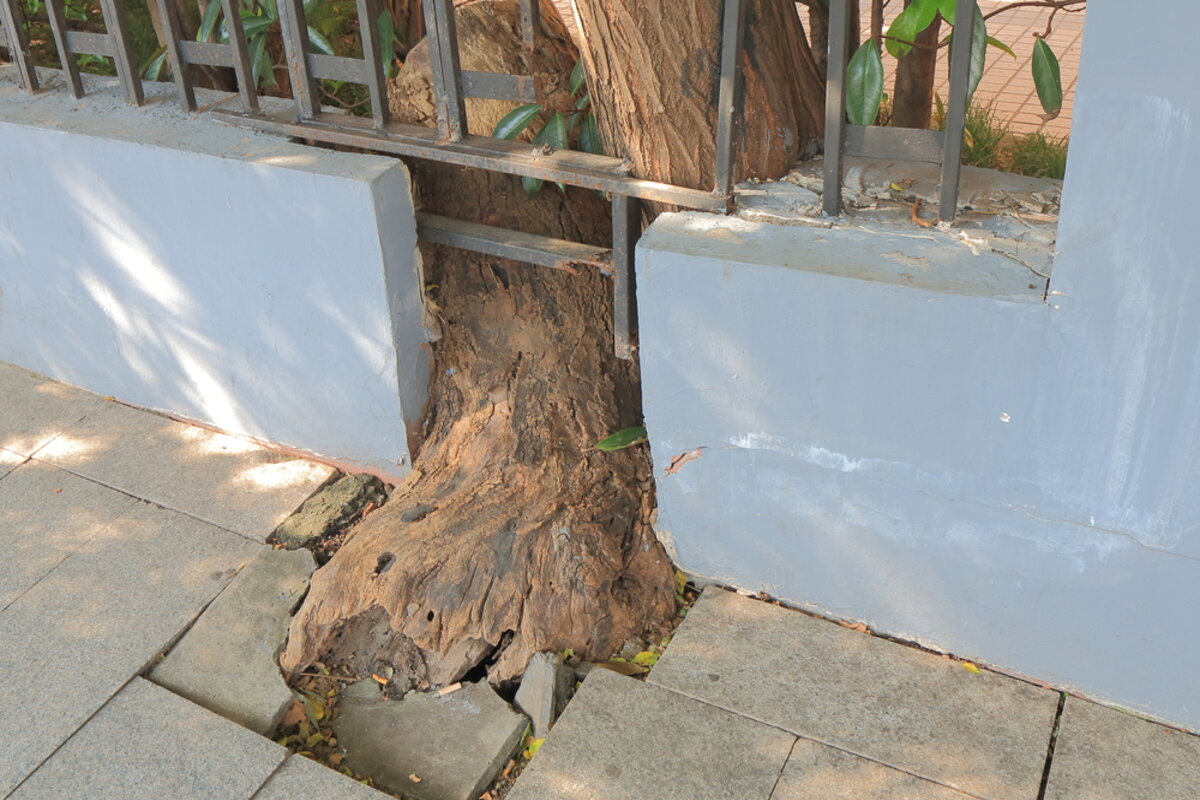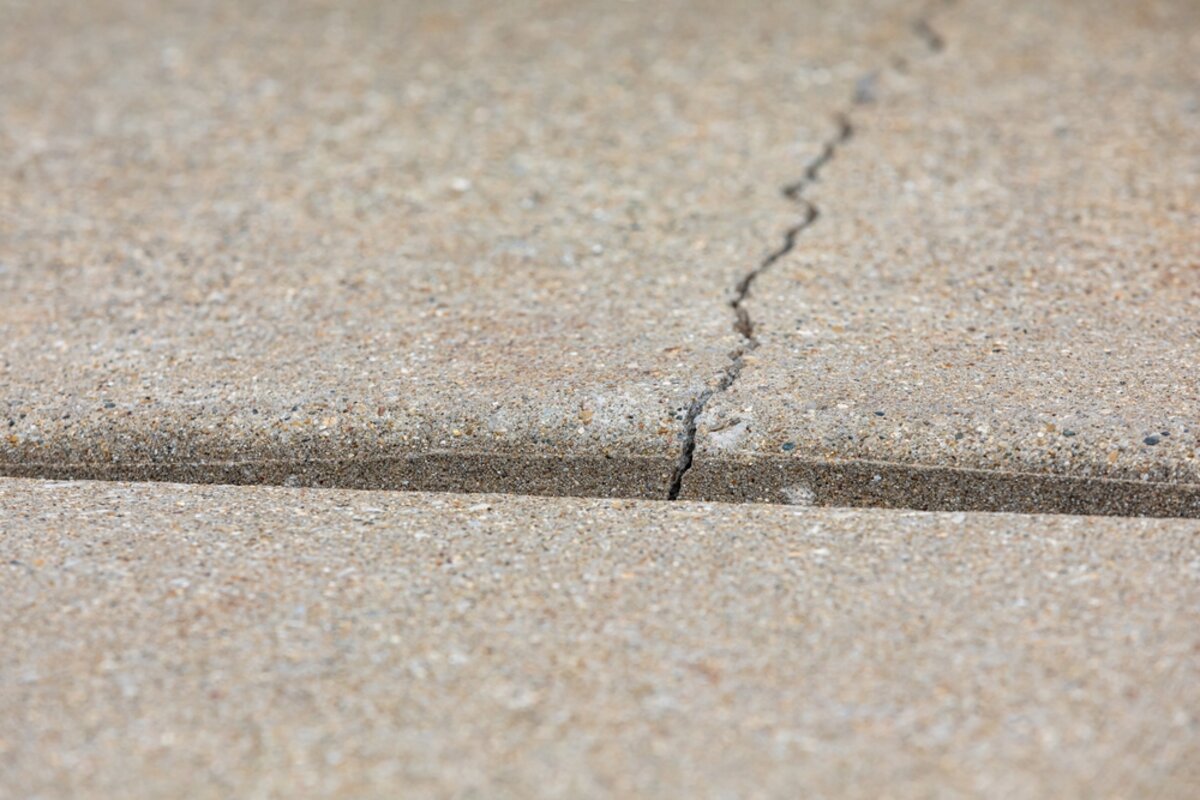Concrete is one of the most robust and enduring materials used in construction, known for its high compressive strength and versatility. However, even this formidable material is not immune to the formation of cracks. Understanding the different types of concrete cracks is crucial for assessing the structural integrity of a building, driveway, or sidewalk.
Types of Concrete Cracks
Load-Related Cracks
Load-induced cracks occur when the stress on a concrete slab exceeds its strength. For example, if a heavy vehicle like a garbage truck or a moving truck drives on a slab or driveway corner not designed to bear such weight, a corner break may occur. These types of fractures are often witnessed in slabs-on-grade, pavements, and driveways.
Shrinkage Cracks
Shrinkage in concrete can lead to another form of cracking, typically occurring early in the material’s life. Environmental factors like high temperature and dry conditions can exacerbate the shrinkage, drying out the concrete surface more quickly than the rest of the slab. While these cracks are generally not a long-term durability issue, they can be unsightly.
Joints and Sawing
Another common source of fractures is related to joint layout and the timing of concrete sawing. These cracks can often be minimized or almost entirely eliminated through proper planning and timely action when the concrete is placed.
Why a Crack Does Not Necessarily Mean Failure
It’s essential to remember that the presence of a crack does not automatically signify that the concrete has failed. Concrete is expected to crack at some point, under specific conditions. The key is understanding the nature and type of the crack to determine the appropriate remedial action, if any.
What to Do When You Notice a Crack
If you observe a crack in a concrete slab, driveway, or wall, the first course of action should be to consult an expert for assessment. A qualified professional can distinguish between minor cracks and those that might pose structural or durability issues. Moreover, there are various methods to address and repair different types of concrete cracks, ensuring the longevity and durability of the concrete structure.
Minimizing Crack Formation
Proper planning and consideration during the concrete placement stage can help in minimizing the likelihood of cracks forming. Adequate joint layout, timely sawing, and consideration of environmental factors can all contribute to the longevity and aesthetic appearance of your concrete structure.
Conclusion
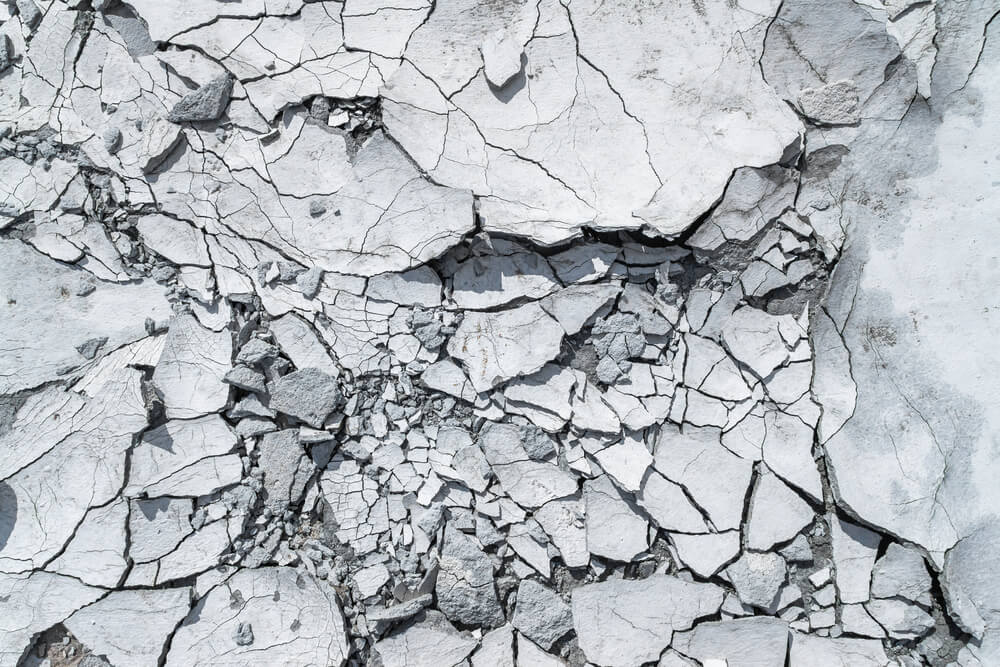
Concrete cracks are inevitable but understanding the different types of concrete cracks can help in determining the severity of the issue and the steps required for remediation. Whether it’s load-related, shrinkage, or due to the joints, not all cracks signify failure. It’s essential to consult an expert for an accurate assessment and to understand the appropriate treatment for each kind of crack. With proper planning and execution, many cracks can be minimized or even entirely avoided, preserving the integrity and appearance of your concrete structures. Contact Richfield Concrete today to learn more about the different types of concrete cracks.




